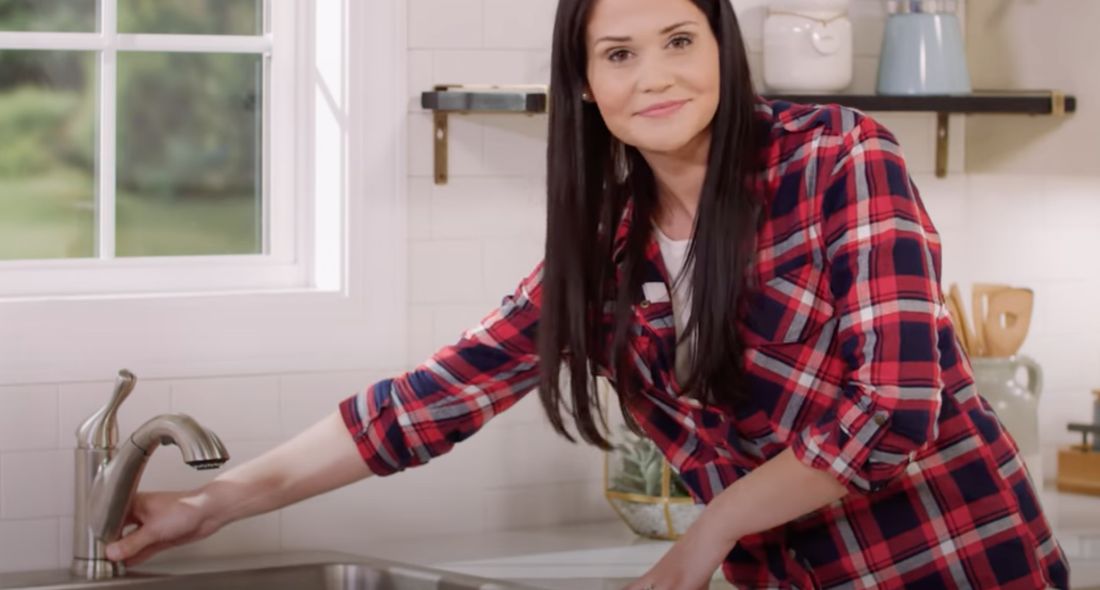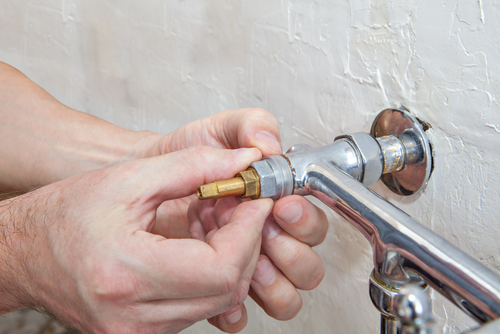An Explanations Behind Dealing with a Broken Faucet
An Explanations Behind Dealing with a Broken Faucet
Blog Article
Everyone has got their unique notions when it comes to Why Are My Faucets Dripping (And Can I Fix It Myself)?.

Trickling taps may look like a minor inconvenience, but their influence surpasses just the inconvenience of the sound. From drainage to incurring unnecessary monetary costs and wellness dangers, ignoring a trickling faucet can bring about different consequences. In this write-up, we'll delve into why it's critical to address this usual home concern without delay and efficiently.
Wastefulness of Water
Environmental Effect
Trickling taps contribute substantially to water wastefulness. According to the Environmental Protection Agency (EPA), a single tap trickling at one drip per secondly can waste greater than 3,000 gallons of water per year. This not just stress water resources yet likewise influences ecosystems and wildlife dependent on them.
Step-by-Step Guide to Repairing a Dripping Tap
Tools Required
Before trying to fix a dripping tap, collect the essential devices, including an adjustable wrench, screwdrivers, replacement components (such as washers or cartridges), and plumber's tape.
Common Tap Issues and Their Solutions
Determine the type of tap and the details problem causing the drip. Usual issues include damaged washers, rusty shutoff seats, or malfunctioning O-rings. Refer to maker instructions or on-line tutorials for step-by-step advice on repair work.
Financial Prices
Enhanced Water Costs
Beyond the ecological influence, trickling faucets can pump up water costs substantially. The collected wastefulness over time equates right into greater energy expenses, which could have been prevented with prompt fixings.
Prospective Property Damage
Furthermore, extended leaking can cause damage to fixtures and surfaces bordering the faucet. Water accumulation can trigger staining, corrosion, and even architectural problems if left neglected, leading to added repair work prices.
Health Worries
Mold And Mildew and Mildew Growth
The consistent presence of wetness from a trickling faucet develops an ideal atmosphere for mold and mildew and mold development. These fungis not only compromise indoor air high quality however additionally pose health risks, especially for people with respiratory system problems or allergic reactions.
Waterborne Illness
Stagnant water in trickling taps can come to be a breeding ground for microorganisms and other microorganisms, increasing the threat of waterborne conditions. Impurities such as Legionella microorganisms prosper in stagnant water, potentially leading to significant health problems when ingested or inhaled.
Do it yourself vs. Expert Repair work
Advantages and disadvantages of Do It Yourself Repair Service
While some may try to repair a dripping tap themselves, do it yourself repair services come with their very own collection of difficulties. Without correct knowledge and devices, do it yourself attempts can aggravate the issue or cause insufficient repair work, lengthening the problem.
Benefits of Employing a Specialist Plumber
Hiring an expert plumber makes certain that the underlying cause of the leaking tap is resolved successfully. Plumbers possess the competence and devices to identify and fix tap problems successfully, conserving time and decreasing the threat of more damages.
Ecological Obligation
Private Contribution to Conservation
Taking responsibility for dealing with trickling taps lines up with wider efforts toward water preservation and ecological sustainability. Every individual's activities jointly make a considerable effect on preserving priceless resources.
Sustainable Living Practices
By focusing on prompt repairs and adopting water-saving behaviors, people contribute to lasting living practices that profit both present and future generations.
Safety nets
Regular Upkeep Tips
To prevent leaking taps, carry out regular maintenance such as cleansing aerators, evaluating for leaks, and changing damaged parts immediately. Additionally, think about mounting water-saving devices or upgrading to a lot more reliable components.
Value of Prompt Repair Works
Dealing with trickling faucets as soon as they're discovered stops more water wastefulness and potential damages, inevitably saving both water and money in the future.
Influence On Residential Or Commercial Property Worth
Understanding of Well-Maintained Home
Preserving a home in good condition, including dealing with maintenance problems like trickling faucets, enhances its viewed value and value among possible customers or renters.
Influence on Resale Value
Characteristics with well-maintained plumbing components, consisting of taps, command greater resale worths in the realty market. Attending to dripping taps can contribute to a positive perception throughout property assessments and arrangements.
Verdict
Resolving a dripping faucet goes beyond plain comfort; it's an important step toward saving water, minimizing economic prices, and safeguarding wellness and home. Whether via do it yourself repair work or specialist support, acting to take care of dripping faucets is a small yet impactful method to advertise responsible stewardship of resources and add to a healthier, much more sustainable future.
Most Common Reasons for a Leaky Faucet and How to Stop the Drip
Whether it’s your kitchen faucet leaking or a bathroom faucet leaking, one leaky faucet can waste anywhere from three to 30 gallons of water every single day. If the constant drip-drip-drip doesn’t get your attention, your water bill will. The good news is that, by following a few simple steps, chances are pretty good you can fix the problem yourself.
Why is it dripping?
Before you start taking things apart, let’s break down some of the most common causes of a leaky faucet.
Bad O-ring.
A cartridge is a valve that controls the flow of water into the faucet spout. On cartridge faucets there’s an O-ring—the little disc attached to the stem screw that holds the faucet handle in place. If it’s loose or worn-out, it can cause your sink handle to leak. Of course, the cartridge itself could be worn out. If that’s the case, make sure you replace it with the exact same kind.
Corroded valve seat.
The valve seat connects the faucet and the spout. If the leak seems to be coming from the spout, it might be because a buildup of water sediment has corroded the valve seat.
Worn-out washers or seals.
A leaky spout could be caused by a bad washer that rests against the valve seat. It’s just a matter of time before friction takes its toll. It could also be the wrong size washer or one that’s been installed incorrectly. Water sediments can also corrode inlet and outlet seals.
Water pressure.
If the faucet only drips now and then, or when you turn the handles a certain way, you should probably check your home’s water pressure.
Loose or broken parts.
The adjusting ring and packing nuts in the stream screw can become loose over time, causing your sink handle to leak. Try tightening or replacing the packing nut. If the leak is coming from the pipes underneath the sink, you probably have a broken pipe or fitting. If that’s the case, you should definitely call a plumber.
Know your faucet.
Faucets come in a variety of types. Each one has its own assembly—and its own possible causes of leaks. Learning about the four most common kinds of faucets will help you know how to take them apart and make any repairs.
How to stop a leaky faucet
Fixing that leaky faucet doesn’t have to take a lot of time, money, or expertise. It’s usually a simple matter of replacing a worn-out washer or gasket, a loose O ring, or another part. Chances are really good you can do this yourself if you follow these simple steps.
Shut off the water.
Before you tackle the faucet, cut off the water supply to the sink. There should be one valve for hot and one for cold. Hand-turn them clockwise with your hands till they close. If there are no valves under the sink, head to the basement and shut off the main water supply to the house. Then turn on the faucet until it empties out the water that’s still in the line and you’re ready to start. It’s a good idea to cover the sink drain with a plug or a rag so you don’t lose any small pieces and parts while you’re working.

I'm certainly very serious about and I am hoping you enjoyed reading our post. In case you appreciated our post plz don't forget to share it. We appreciate your readership.
Report this page